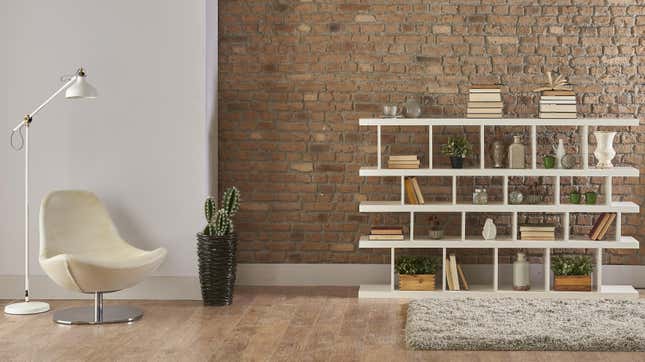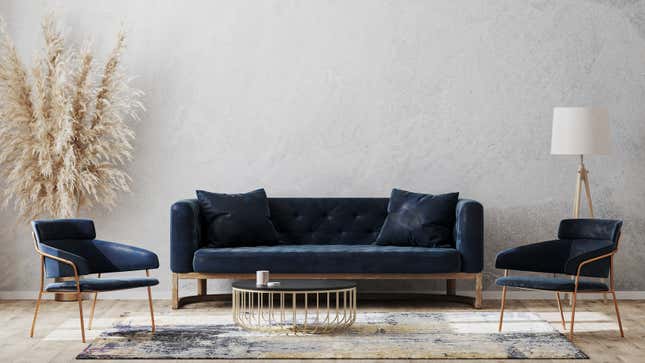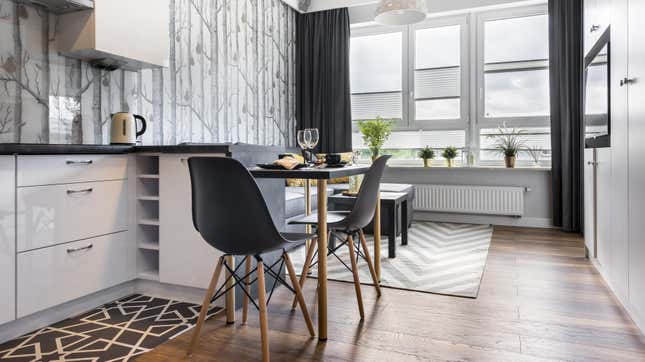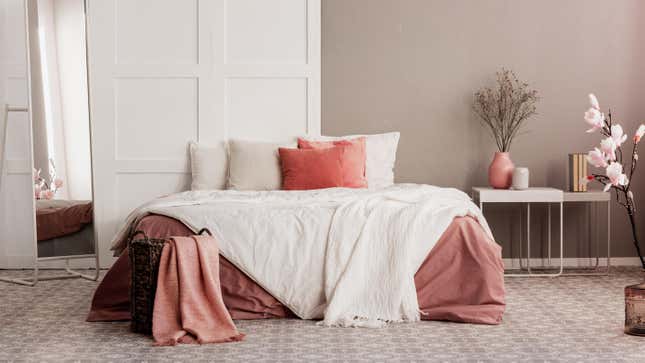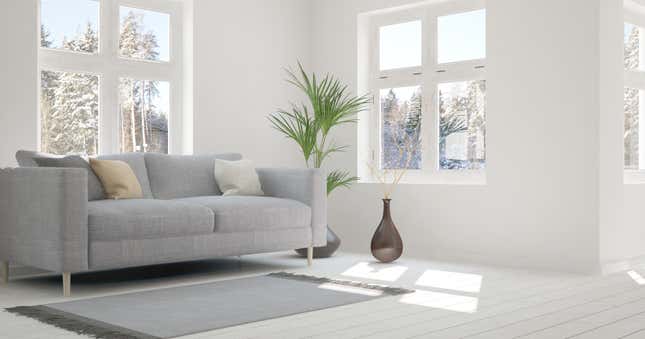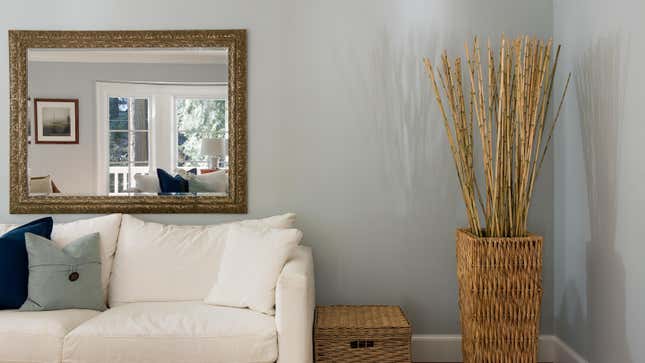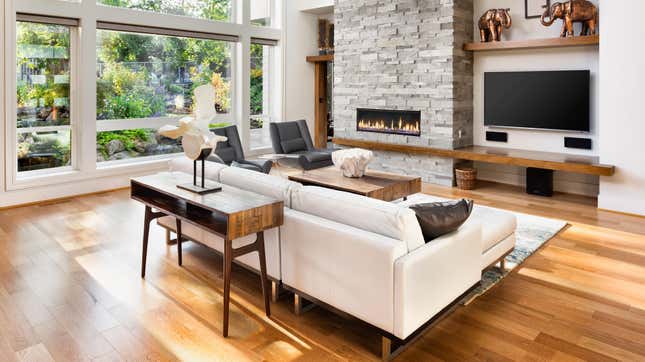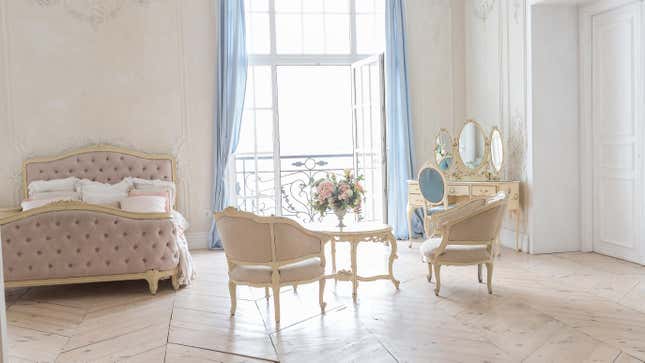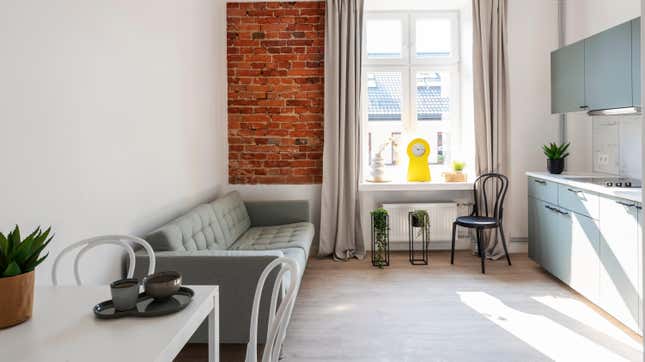
Your living space may be smaller than you want it to be...but it doesn’t have to look that way. There are several relatively easy to grasp design principles—centering around the concepts of scale, light, and movement—you can employ to trick the eye into perceiving a greater sense of space.
While it’s easy to focus on the downsides of smaller rooms, let’s not forget the positives: There’s less empty wall space to decorate, less to clean, and the compact space will likely discourage you from storing unnecessary items there (aka developing clutter). Here’s how you can make the most of those small spaces by giving them the appearance of being bigger than they actually are.
